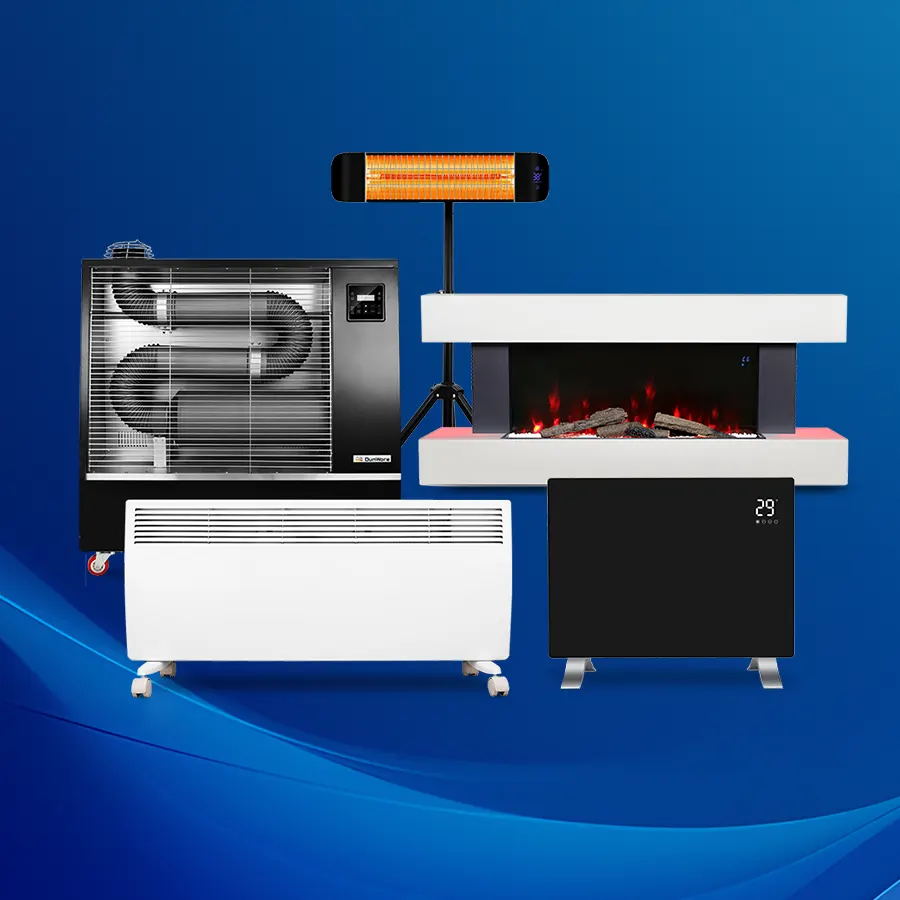Misting fans are becoming increasingly popular for beating the summer heat—especially in outdoor spaces like patios, backyards, cafés, and warehouses. These hybrid devices, often referred to as a fan with water mister, combine airflow with evaporative cooling to lower ambient temperature and improve comfort in hot weather.
But before you invest in an electric portable misting fan, it’s important to understand how they work, where they’re most effective, what types are available, and what limitations they may have. This guide covers everything you need to know to make the right purchase.
How Does a Misting Fan Work?

Understanding the Technology Behind Evaporative Cooling
- Water Mist + Air Movement
A misting fan sprays ultra-fine droplets of water into the air. These droplets evaporate quickly when they come into contact with hot, सूखी हवा, pulling heat away from the environment.
- Rapid Temperature Drop
In optimal conditions (low humidity), a misting fan can reduce ambient temperatures by as much as 10–15°C (50–59°F), making it ideal for sweltering climates.
- Different Pressure Systems
Some fans operate on high pressure (which produces finer mist with less wetness), while others run on low pressure (less costly, but may leave surfaces damp).
- Evaporation Efficiency
The effectiveness of this technology relies on dry conditions. आर्द्र क्षेत्रों में, evaporation is slower, and the cooling effect is significantly reduced.
- Circulation Matters
The fan disperses the cool mist across a wider area, offering broader coverage compared to traditional air conditioners or stand fans.
Types of Misting Fans
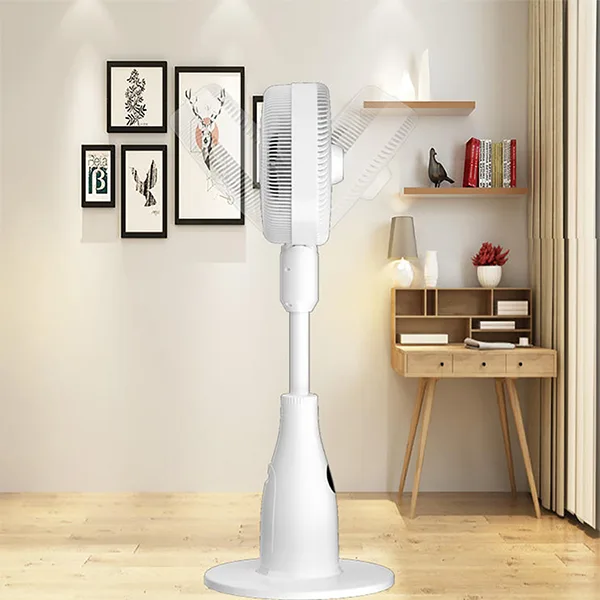
Know the Options Before You Buy
- Electric Misting Fan (Standalone)
These units have a built-in water tank and fan system powered by electricity. They’re portable and easy to use, ideal for home patios or balconies.
- Wall-Mounted Misting Fan
Great for fixed outdoor installations like restaurants or shops. They’re space-saving and provide steady cooling over a targeted area.
- High-Pressure Misting Fan
Uses a pump to generate very fine mist with minimal wetness. More expensive but excellent for professional or commercial use.
- Low-Pressure Misting Fan
Relies on standard water pressure, more budget-friendly, but can result in wetter surroundings.
- Battery or Solar-Powered Fan with Water Mister
Eco-friendly and portable. Best suited for camping, picnics, or remote use with limited power sources.
Difference Between a Misting Fan and a Misting System

| विशेषता | Misting Fan | Misting System |
|---|---|---|
| डिज़ाइन | Portable unit with built-in spray misters | Network of tubing/pipes connected to a high-pressure pump |
| शीतलन विधि | Blows air through water droplets, creating a fine mist | Disperses water through tiny nozzles for an ultra-fine mist |
| Coverage Area | Best for small spaces or personal cooling | Ideal for larger outdoor areas like patios, pool decks, or backyards |
| पोर्टेबिलिटी | Highly portable; can be moved wherever needed | नियत स्थापना; designed for permanent or semi-permanent outdoor cooling |
| Best For | People who want mobility and spot cooling | Homeowners or businesses needing wide-area cooling solutions |
Misting Fans
- Portable units equipped with built-in spray nozzles.
- Push air through fine water droplets to create a cooling mist.
- Best for small areas, patios, or personal use.
- Easy to move, making them a flexible solution for temporary cooling.
- A misting fan China supplier can offer cost-effective options for businesses and households.
Misting Systems
- Use tubing or pipes connected to high-pressure pumps.
- Disperse ultra-fine mist evenly across larger spaces.
- Ideal for outdoor areas like pool decks, gardens, and backyard spaces.
- Typically installed permanently or semi-permanently for continuous coverage.
How to Choose
Pick a misting fan if you want mobility, flexibility, and cooling for smaller spaces.
Go with a misting system if you need widespread, long-term cooling for large outdoor areas.
Pros and Cons of Mist Fan
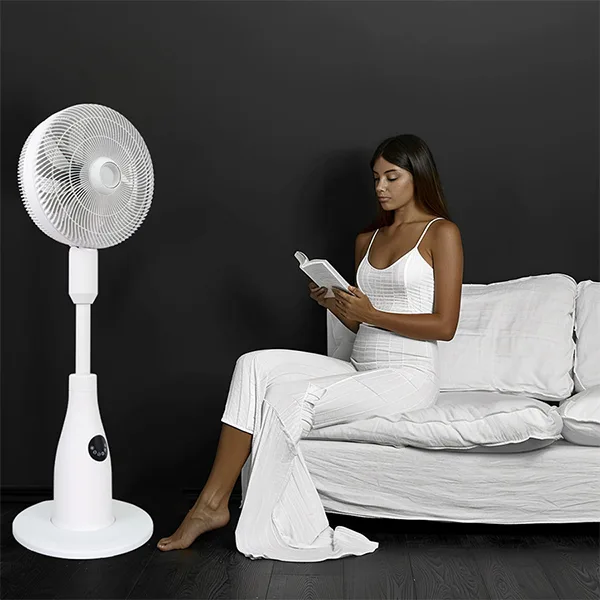
Weighing the Benefits Against the Drawbacks
✅ Pros
- Effective Outdoor Cooling
Misting fans are excellent for patios, gardens, गोदामों, and events. They cool large spaces quickly in dry climates.
- ऊर्जा दक्षता
एयर कंडीशनर की तुलना में, misting fans consume much less electricity, making them a more sustainable cooling option.
- Portability and Convenience
Many models have wheels, adjustable heads, and detachable tanks, offering great flexibility.
- Dual Use Functionality
You can switch off the misting function and use the fan alone, making it adaptable for various weather conditions.
❌ Cons
- Limited Effectiveness in Humid Climates
In places with high humidity, the evaporation process slows down, and cooling performance drops.
- Wet Surfaces and Slippery Floors
If not used carefully, especially with low-pressure models, water buildup can cause wet floors and slippery conditions.
- Maintenance Required
Regular cleaning is necessary to avoid nozzle clogging due to mineral buildup from hard water.
- Indoor Use Restrictions
Most misting fans are not suitable for enclosed indoor use due to moisture risks like mold, mildew, or damage to electronics.
Where and When to Use a Misting Fan
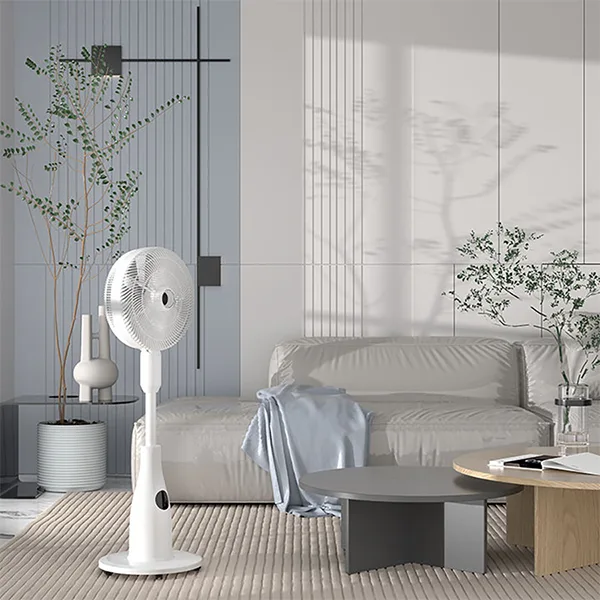
Ideal Applications for Different Environments
- Outdoor Patios and Gardens
Perfect for cooling family gatherings, barbecues, or evening relaxation in your backyard.
- Commercial Terraces and Cafés
Many businesses use wall-mounted mist fans to provide customer comfort during summer months.
- Sports Facilities and Gyms
Useful for keeping athletes and spectators cool in open or semi-enclosed sports arenas.
- Warehouses and Workshops
Industrial models can cool large workspaces where traditional AC isn’t feasible.
- Event Spaces and Concerts
Temporary installations of high-pressure electric misting fans keep crowds comfortable and reduce heat-related risks.
Air Cooler vs Misting Fan: Which Is Better?
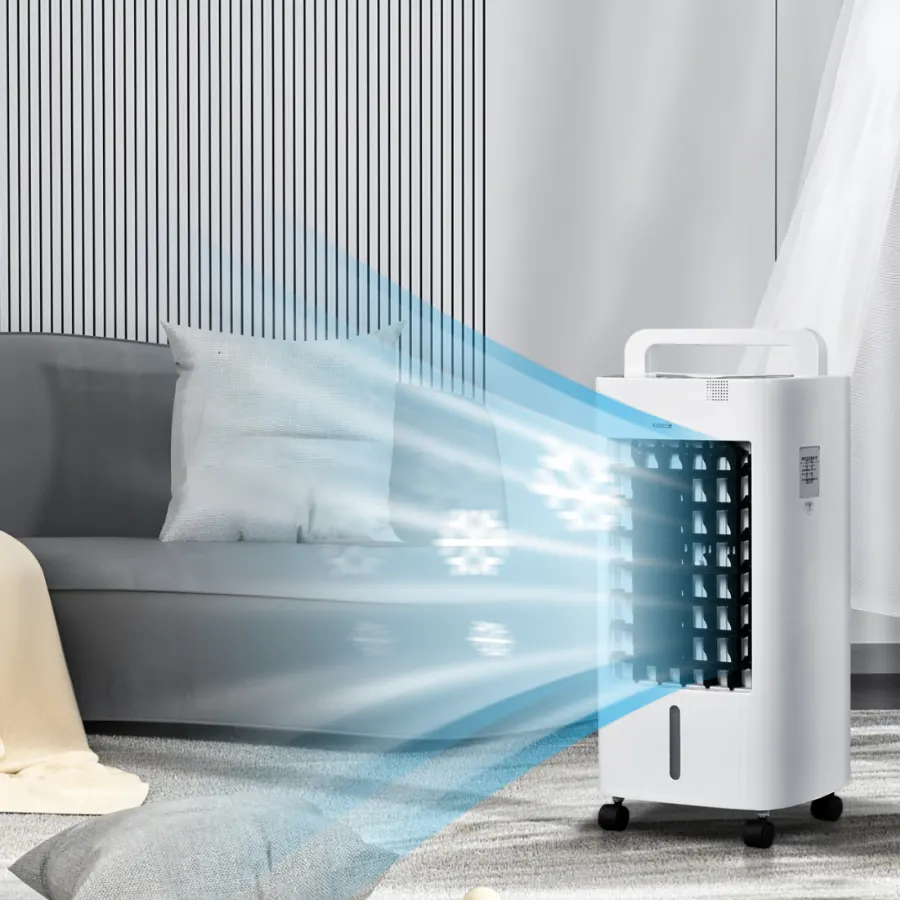
Comparing Two Popular Evaporative Cooling Options
💧 Misting Fan
- Ideal For: Outdoor areas with good airflow.
- शीतलन विधि: Sprays mist into the air which evaporates to cool the environment.
- Moisture Control: Can cause surface dampness depending on pressure level.
- Noise Level: Generally quieter than air coolers.
🌬️ एअर कूलर
- Ideal For: Indoor or enclosed environments where AC is not available.
- शीतलन विधि: Pulls air through water-saturated pads to cool and humidify it.
- रखरखाव: Requires regular pad changes and water tank cleaning.
- शीतलन शक्ति: More effective in larger indoor spaces, especially when the doors are closed.
Verdict
Choose an electric misting fan for outdoor patios, events, or workshops. Go for an air cooler if you need cooling inside rooms without increasing wetness.
यिका के बारे में
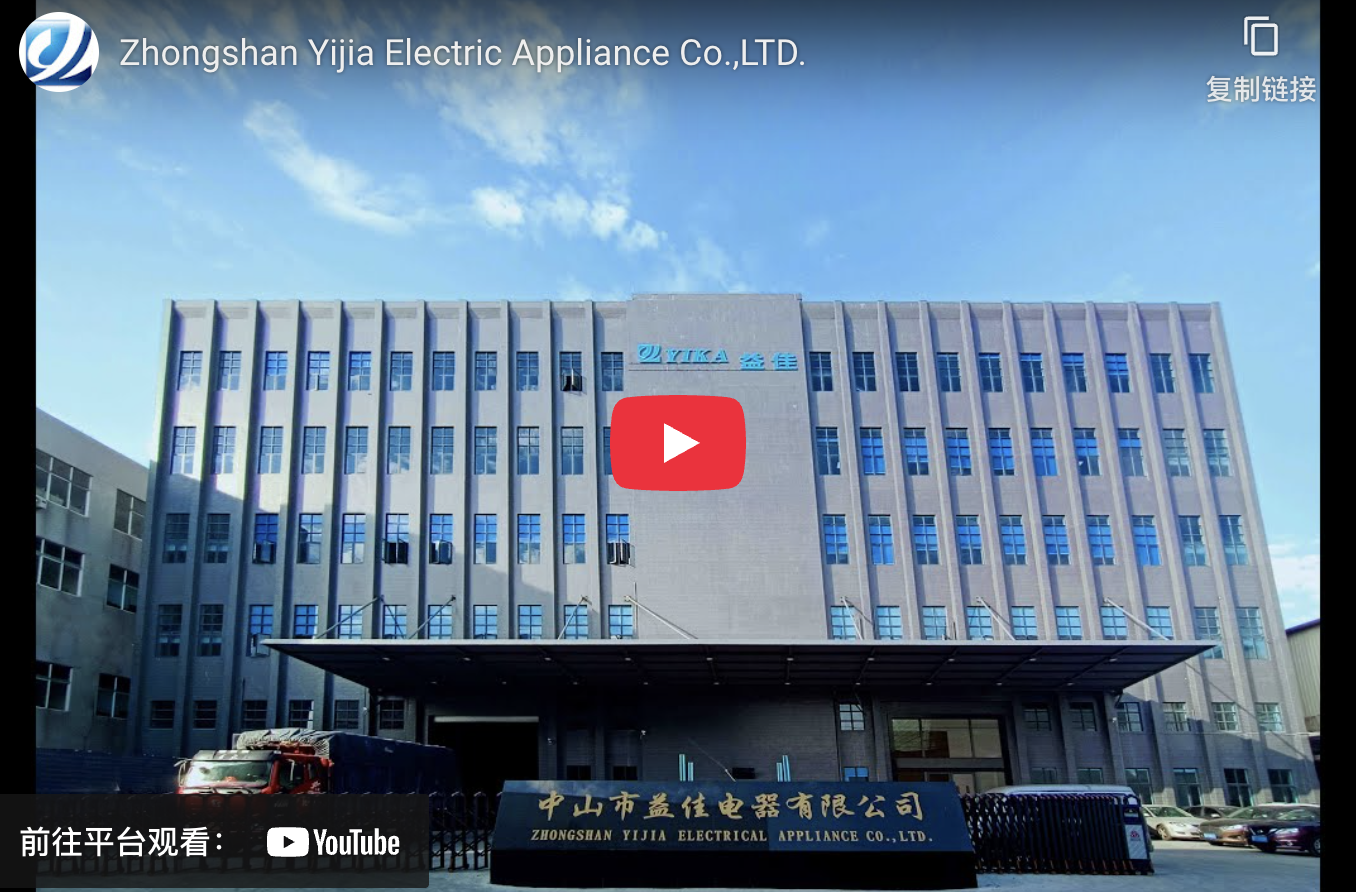
साथ 14+ विकास के वर्ष, हमारे उत्पाद रेंज का विस्तार करने के लिए विस्तार हुआ है बिजली के हीटर, पंखा हीटर, बिजली की चिमनियाँ, इन्फ्रारेड डीजल हीटर, एअर कूलर और अधिक. हम पूरा करते हैं आवासीय, व्यावसायिक, और औद्योगिक ग्राहकों, पेशेवर पेशकश, पर्यावरण के अनुकूल, और बुद्धिमान वन-स्टॉप हीटिंग समाधान.
एक विश्वसनीय इलेक्ट्रिक हीटर निर्माता के रूप में, Yika holds certifications for ISO45001, ISO9001, और ISO14001. इसके अतिरिक्त, Yika has been recognized by Sedex as a Supplier Plus Member, हमारी मजबूत आपूर्ति क्षमताओं का प्रदर्शन.
और यिका, हमारा आर&डी टीम हमारे ग्राहकों की विविध आवश्यकताओं को पूरा करने के लिए अभिनव और विश्वसनीय हीटिंग समाधान देने के लिए प्रतिबद्ध है.
निष्कर्ष
Misting fans are powerful, energy-efficient solutions for outdoor cooling. Whether you need a fan with a water mister for backyard BBQs or a commercial-grade electric misting fan for your café or warehouse, knowing the pros and cons of mist fan systems helps you choose the right model. Many businesses even pair cooling options like misting fans with indoor comfort solutions such as a wholesale electric fireplace, ensuring year-round climate control.
Evaluate your climate, अंतरिक्ष, and usage needs carefully. With the right features and proper maintenance, a misting fan can keep you cool and comfortable through even the hottest days.
पूछे जाने वाले प्रश्न
Does mist fan consume more electricity?
Misting fans consume much less power compared to air conditioners and have much higher air conditioning efficiency. ए 250-300 watt mid-size misting fan is utilized, compared to 1000-2000 watts an hour consumed by a traditional split AC.
Is mist fan good for health?
Misting fans prevent the transmission of disease and bacteria due to the use of fresh water instead of reclaimed water. Misting and humidifying fans remove dust from the ambient air and are best used in areas with a lot of dust and monsoon winds.
What’s the Difference Between a Misting Fan and a Normal Fan?
- Cooling Mechanism
A standard fan simply circulates air, offering a breeze without changing the temperature. ए misting fan actually lowers the air temperature through evaporation.
- Humidity and Comfort
Misting fans add moisture to the air, which can be refreshing outdoors. Regular fans don’t affect humidity at all.
- Energy and Water Use
A mist fan uses both water and electricity, while a regular fan only uses electricity. तथापि, misting fans can still be more cost-effective than air conditioners.
- Application Suitability
Use misting fans outdoors or in semi-open spaces. Traditional fans are better suited for indoor cooling.
- Price and Features
Misting fans are generally more expensive than basic fans due to added features like mist nozzles, tanks, and pressure pumps.

